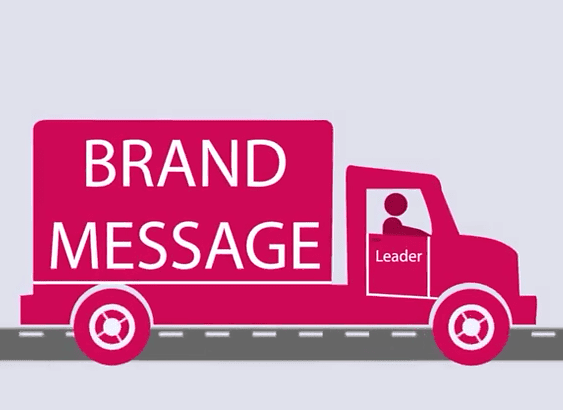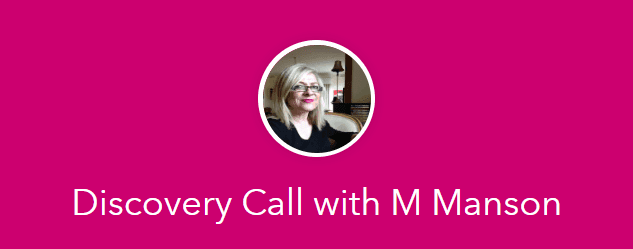Today I saw a product proudly displayed in the center of a busy shop. I saw people picking it up, oohing and aahing over it, and some even putting it in their baskets. When I picked up on of the items, I was very confused to see that is was mass-printed hardcover copies of classic literature carved up in the shapes of letters. Presumably, people would buy letters that represent their first or last name.
This product, that seemed to be flying out the door, was a “ruined” version of another product. Ironically, it also cost about AU$25. I went right over to the nearest bookshop to find these hardcover books intact for about AU$12.I was struck by how the simplest little things can innovate even the most archaic of industries.
Most people would agree that the printed book is in trouble, and sales are declining every year. What if the bookstore had consigned these weird, cut-up book products? How would that have increased sales? I know from experience that standard practice at most large bookstores is to destroy the items they haven’t sold within a certain amount of time and then write them off as losses to the manufacturing company. How would a practice like this be changed by creating simple, lovable art our of them instead?
You see it all the time on sites like Etsy – clever crafters and artists creating beautiful works out of items that already exist and are usually considered “junk.” While it may not be practical for a large business to store and attempt to re-use all of its junk, the mindset is something all organisations MUST learn if they hope to survive the new economy.
Learn to approach product creation, marketing, and purpose in new ways. Connect the creativity in your team with the imaginations of your market, and watch the magic blossom. Ideas are not born – they are grown. A fertile ground of open innovation, communication, and guided (not managed) decision making is essential to bringing your team into the 21st century.



